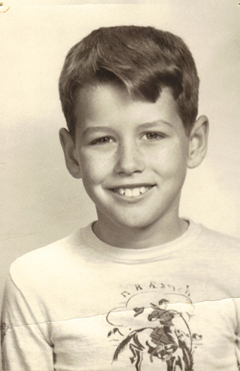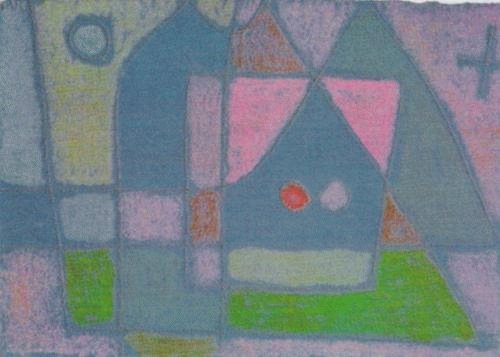I keep changing my mind about my favorite school of modern painting: I go back and forth between Fauvism and Abstract Expressionism. Sort of like when the Stones and the Beatles were coming out with new albums every six months in the 1960's--my favorite group was whichever one I'd heard the latest good stuff by.
Everyone knows what paintings look like that are labeled Abstract Expressionist (A.E.); I posted five of Joan Mitchell's A. E. paintings as a Life-Science-Arts article here. And although all schools of painting have precursors, art historians pretty much agree that Abstract Expressionism started in New York City in the 1950's. Similarly, everyone knows what Fauvist paintings look like; and art historians agree the school achieved its high-point in France from about 1904 to about 1907. I posted four of Rik Wouters' Fauvist paintings as a Life-Science-Arts article here.
Now, speaking of just Abstract Expressionism (A.E.), the problem isn't so much deciding when it started but distinguishing it from Geometric Expressionism--which preceded A.E. and has continued to evolve after the bright star of A.E. dimmed several orders of magnitude.
Geometric Expressionism (G.E.) is my own name for it (more precisely, for my file folder of pictures of it), and this is an example of a precursor work by Paul Klee:
-
-
Several prominent painters of Geometric Expressionist pictures subsequent to the middle of the 20th century are Henri Matisse, Hans Hoffman, Richard Diebenkorn, and James Brooks. (A substantial group of painters seems to have evolved from G.E. into Op Artists, but that's another article.)
There follow three works of Abstract Expressionism (by three different artists--Willem de Kooning, Helen Frankenthaler, and Sam Francis), followed by three works of Geometric Expressionism (by one artist, James Brooks). Hopefully, just by looking at the six pictures, and comparing the last three works with the first three, you will see the addition of optical (regular) features to abstract (splotchy, spotty, spontaneous) features in the paintings. But as a matter of fact, only de Kooning's painting of the first three is "pure" Abstract Expressionist; Frankenthaler's painting has traces of straight lines in it, and Francis' painting seems to be framed.
When the optical dominates the canvas to the point of the abstract being totally absent, I call it Op Art.
So, to the art:
Willem de Kooning, Helen Frankenthaler, and Sam Francis are all giants in the world of Abstract Expressionism, and these images and the Paul Klee image above are from my own files.
-
-
And
-
-
And
-
-
-
I had never seen James Brooks' works before I started frequenting artnet's Artist Works Catalogues. All three of these works are there.
-
-
"My painting starts with a complication on the canvas surface, done with as much spontaneity and as little memory as possible. This then exists as the subject. It is as strange as a new still life arrangement, as confusing as any unfamiliar situation. It demands a long period of acquaintance during which it is observed both innocently and shrewdly. Then it speaks, quietly, with its own peculiar logic." - James Brooks
-
And
-
-
"Between painting and painter a dialogue develops which leads rapidly to the bare confrontation of two personalities. At first a rhythm of the painting is modified, then a chain of formal reactions sets in that carries painting and painter through violent shifts of emphasis and into sudden unfamiliar meanings." -James Brooks
-
And
-
-
"At some undetermined point the subject becomes the object, existing independently as a painting." -James Brooks
-
-
"James Brooks was born in St. Louis, Missouri in 1906; in 1938, he married Mary McDonald; from 1942-1945, he served in the U.S. Army in the Middle East as an Art Correspondent, with headquarters in Cairo, and traveled to North Africa, Palestine, and Egypt; he died in East Hampton, New York, in 1992."
-
-
-
(Except for the last one, the above quotations are from a James Brooks Catalogue Statement for the University of Illinois, 1951, and are courtesy of the James Brooks' estate and Greenberg Van Doren Gallery. The last quotation and the images of Brooks' pictures are also courtesy of the James Brooks estate and Greenberg Van Doren Gallery. Those images and all of the quotations are courtesy of artnet's Artist Work Catalogues. At artnet's A.W.C., there is this: "artnet offers these catalogues free to the public as an educational resource. Simply click on an individual artist's image to begin, and check back often to browse new catalogues.")






